For the first time in human history, over half of the world’s population lives in cities. Based on current projections, two-thirds of humanity could be living in urban areas by 2050.
Cities are a major driver of climate change, responsible for an estimated 75% of all carbon dioxide emissions globally. But at the same time, they are particularly vulnerable to its effects. Inland and coastal flooding, heat stress, extreme precipitation, droughts, water scarcity and increased air pollution are just some of the expected impacts.
Building resilience to climate change will be one of the greatest challenges local governments face this century. Nature-based solutions are one way in which this challenge can be addressed: they refer to actions that build upon nature and simultaneously mitigate climate change while helping build resilience against climate-related and natural hazards.
Urban and peri-urban trees and forests are one such solution.
For this reason, the United Nations Economic Commission for Europe (UNECE) launched the “Trees in Cities Challenge” in 2019. This initiative invites mayors and local governments worldwide to make a tree-planting pledge and set objectives for making their cities greener, resilient and more sustainable.
Mayors and local authorities making a “Trees in Cities” pledge are invited to become part of a global community of change-makers and offer their residents the benefits of the many ecosystem services that trees and forests in and around cities provide.
GOOD PRACTICES
Victoria (Canada)
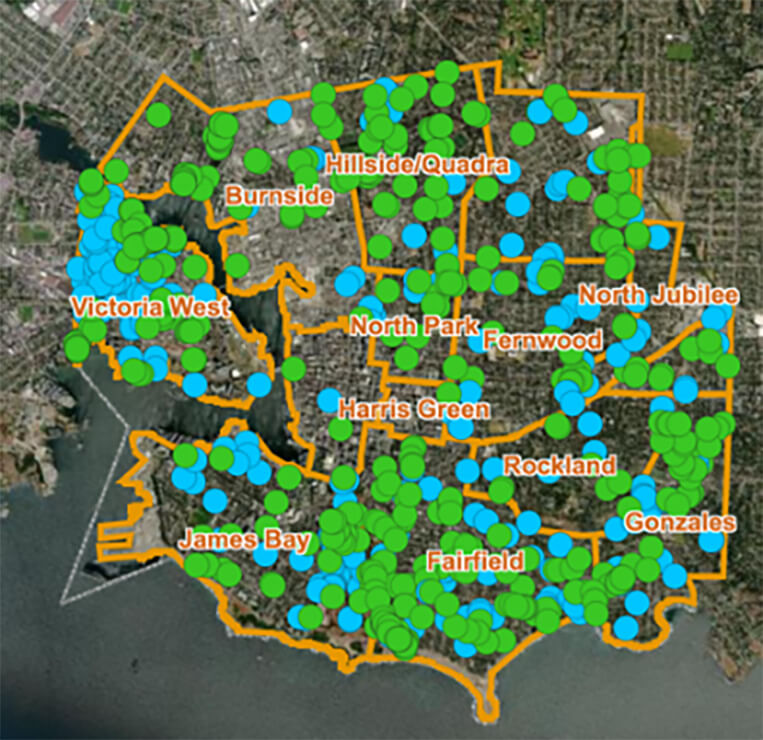
To follow the progress on tree-planting and map the exact location of newly planted trees, the City of Victoria developed a “Tree-Tracker”. Citizens can make an entry by emailing the tree species, location, and a photograph to their local authority.
Chisinau (Moldova)
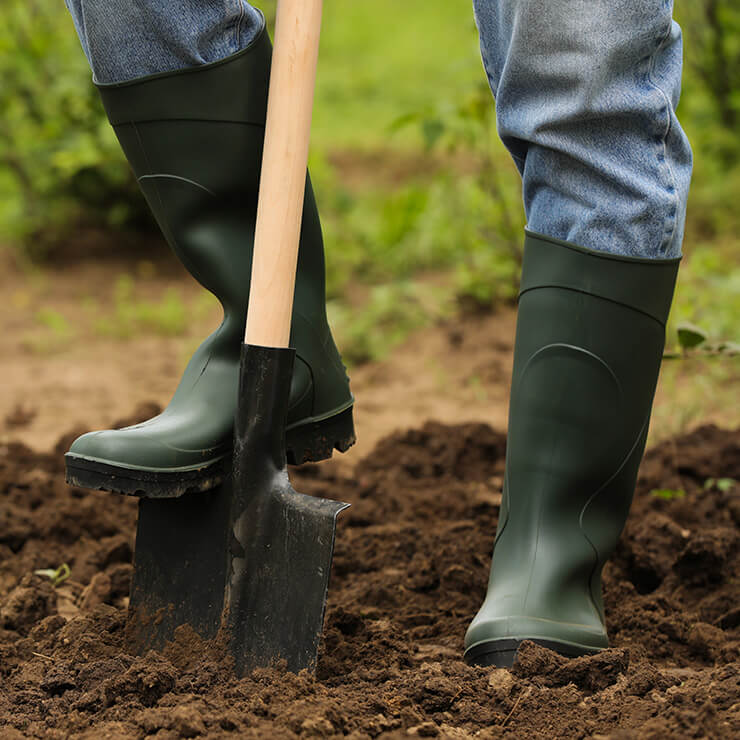
To promote urban greening, Chisinau distributed Free Planting Materials. These are allocated to the different town halls of the municipality, educational institutions and other stakeholders upon request.
Helsingborg (Sweden)
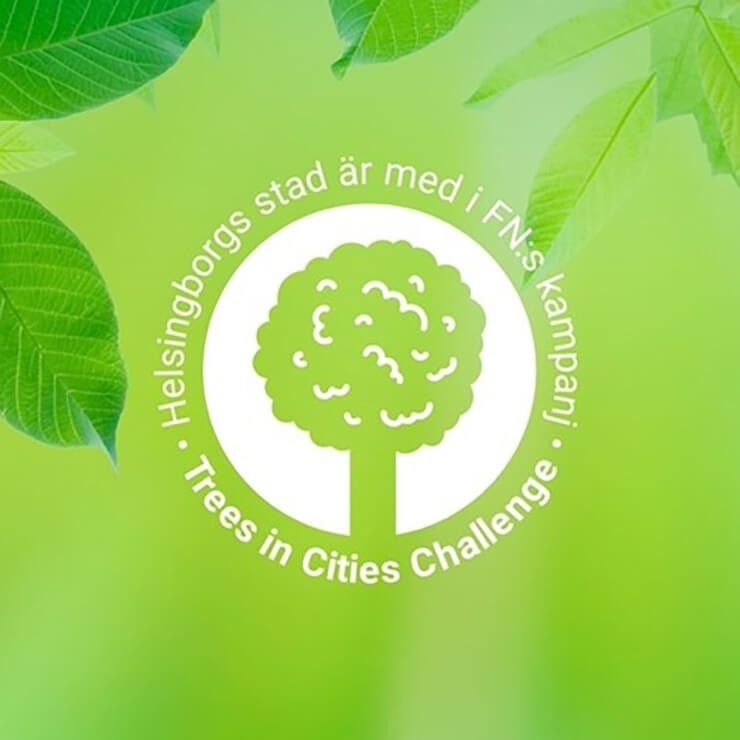
Under the slogan “show trees some love”, the City of Helsingborg set up a Dedicated Website to support their participation in the initiative. The website includes guidelines on how to plant and maintain trees and the latest updates.
Nof Hagalil (Israel)
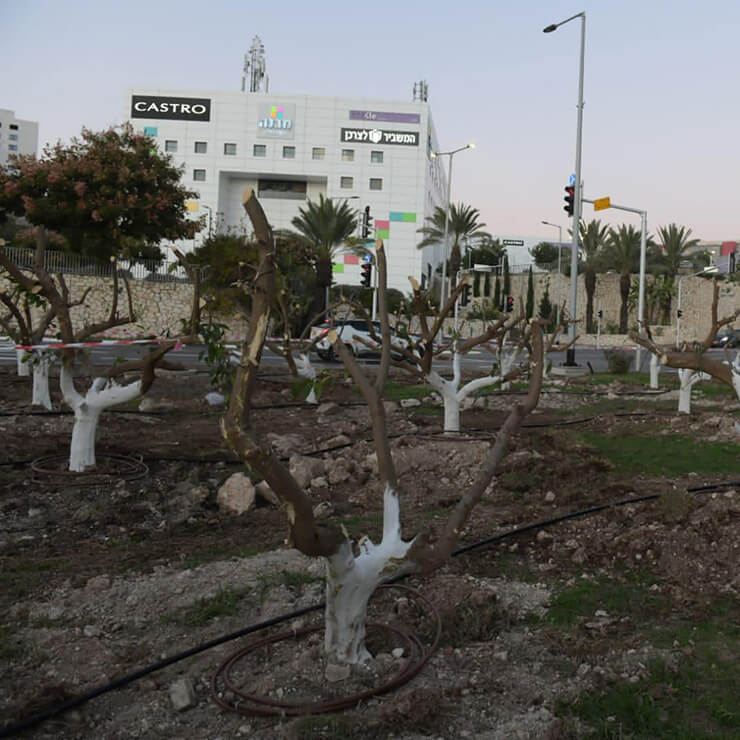
Aiming to engage residents in its tree-planting efforts, Nof Hagalil encourages Tree Sponsorships. Residents can donate a tree that will be named after them. So far, over 500 trees have been donated.
Vancouver, Washington (United States of America)
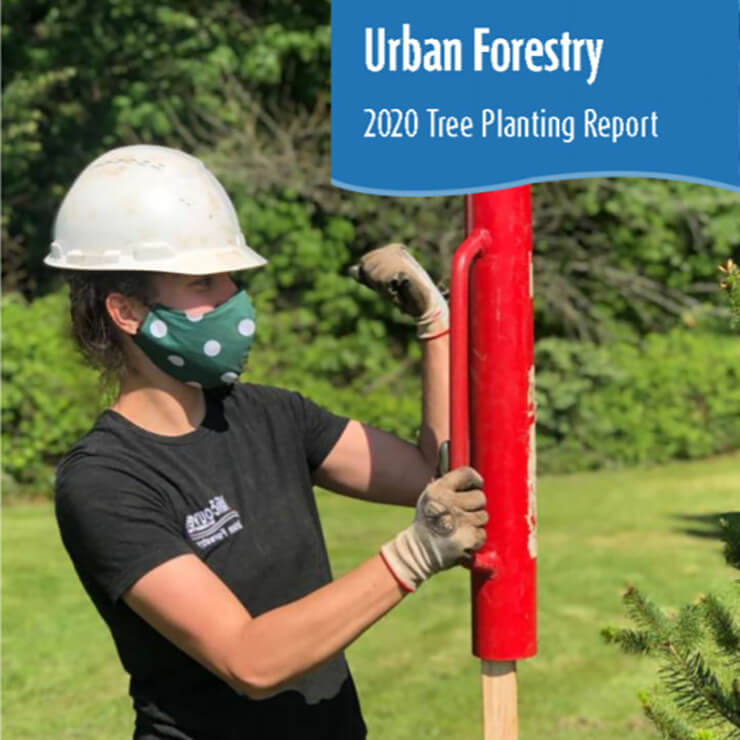
In 2020, Vancouver, Washington completed the “Urban Forestry Tree Planting Report”. The report reflects on the accomplishments and performance of Vancouver’s urban forestry program. It also includes some background information on the importance of forests and trees and technical considerations for planting the right tree in the right place.
Barcarena (Brazil)

In addition to tree planting, Barcarena is developing the Urban Afforestation Plan, providing an analysis of the state of urban green cover.
Turin (Italy)

In addition to its tree planting activities, the city of Turin is developing one of the first Sustainable Urban Forest Management Plans in Italy. The plan includes strategies and specific management approaches to certify the city’s urban forests. Turin is also developing a Strategic Green Infrastructure Plan that seeks to guide the management of and foster investment in green infrastructure.
Podgorica (Montenegro)

To implement its pledge, the city of Podgorica works closely with the private sector and civil society. They take part in the planning process and provide funding for the tree planting activities.
Mexico City (Mexico)
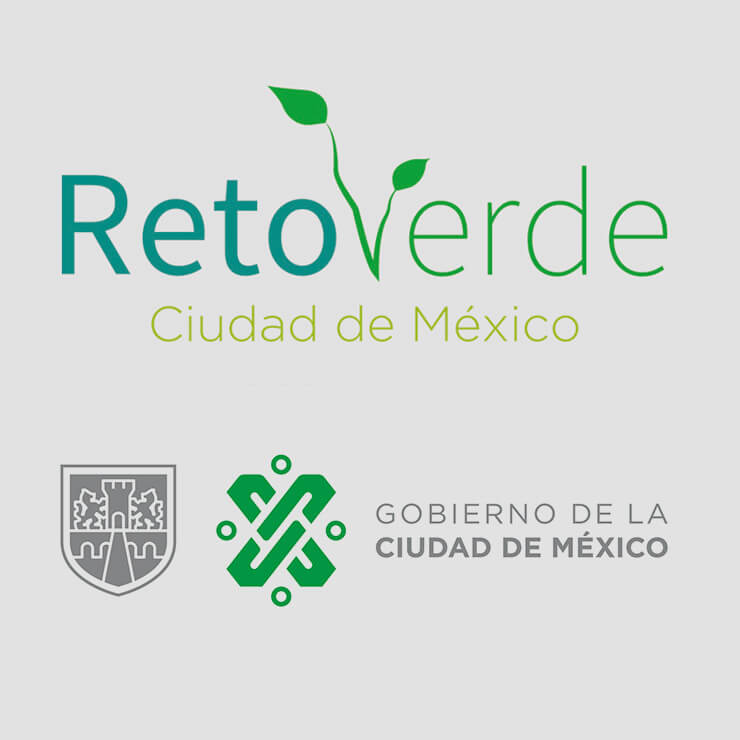
The participation of Mexico City in the “Trees in Cities Challenge” is aligned with the “Reto Verde” initiative, the city’s Green Challenge seeking to restore nature. Mexico City developed a strategy that goes beyond planting, aiming to recover ecosystem functions, create and expand public green spaces, improve soil quality, and prevent and control pests and diseases. More than 15 million trees and other plants have been planted so far.

No Poverty. By creating employment, reducing the cost of damage caused by natural hazards, and boosting the local economy, urban and peri-urban trees and forests can help address urban proverty.

Zero Hunger. Urban and peri-urban forests are a source of nutritious, readily available food.

Good Health and Well-Being. The presence of forests and urban green spaces can strengthen physical and mental health alike.

Clean water and Sanitation. Urban and peri-urban forests filter drinking water, reduce the risk of floods, and help capture and store underground water.

Sustainable Cities and Communities. Through their contribution to a wide range of Goals, urban trees and forests help build more sustainable cities and communities.

Climate Action. Planting more trees in and around cities has been shown to be one of the fastest, most affordable ways of mitigating the effect of urban heat island.

Life on Land. By hosting a rich variety of flora and fauna, urban and peri-urban trees and forests can help revert the biodiversity crisis.

